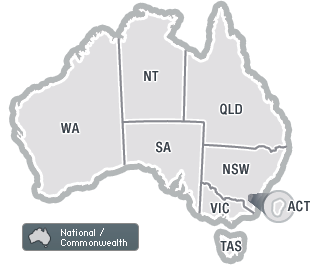Headaches and migraines are among the leading causes of workplace sick leave, but nearly one in three severe headaches experienced by workers are attributable to factors that employers can control, a European study has found.
"Negative social relationships at work contribute significantly to headache," the researchers from Norway's National Institute of Occupational Health say.
"Our results indicate that the organisation of work and the social climate at work are important factors that should be considered when preventing headaches at work."
The researchers surveyed nearly 5000 workers from a range of industries and job types in 2006 and 2009, and found that close to nine per cent had been "moderately or severely afflicted with headache" during the four weeks prior to one or both of the survey periods.
Some 27 per cent of these cases were attributable to psychosocial and organisational factors at work, with bullying or harassment, job insecurity, downsizing and temporary employment being significant predictors of headache, they found.
Other major causes were:
- "high role conflict", where workers believe they are asked to perform tasks in the wrong way, receive contradictory requests from two or more people, or aren't given sufficient tools or resources; and
- "low social climate", where workers believe there are "bad relationships" among employees or between employees and managers.
A number of previous studies identified "high stress" as the most common trigger of headache, but there has been "limited research into the specific occupational psychosocial and organisational factors associated with headache", the researchers say.
"The identification of these factors as predictors of headache may provide valuable information that could facilitate the targeted promotion of health and productivity at work, and reduce the level of absenteeism."
According to the researchers, many regions of the brain associated with "pain processing" are involved with other psychological phenomena, such emotions, attention and stress.
Modifying psychological factors can modify the "pain signal" within the brain, they say.
Work-Related Psychosocial and Organisational Risk Factors for Headache: A 3-Year Follow-Up Study of the General Working Population in Norway. Tore Tynes, et al, Norway, Journal of Occupational and Environmental Medicine, Volume 55, Issue 12, December 2013.



